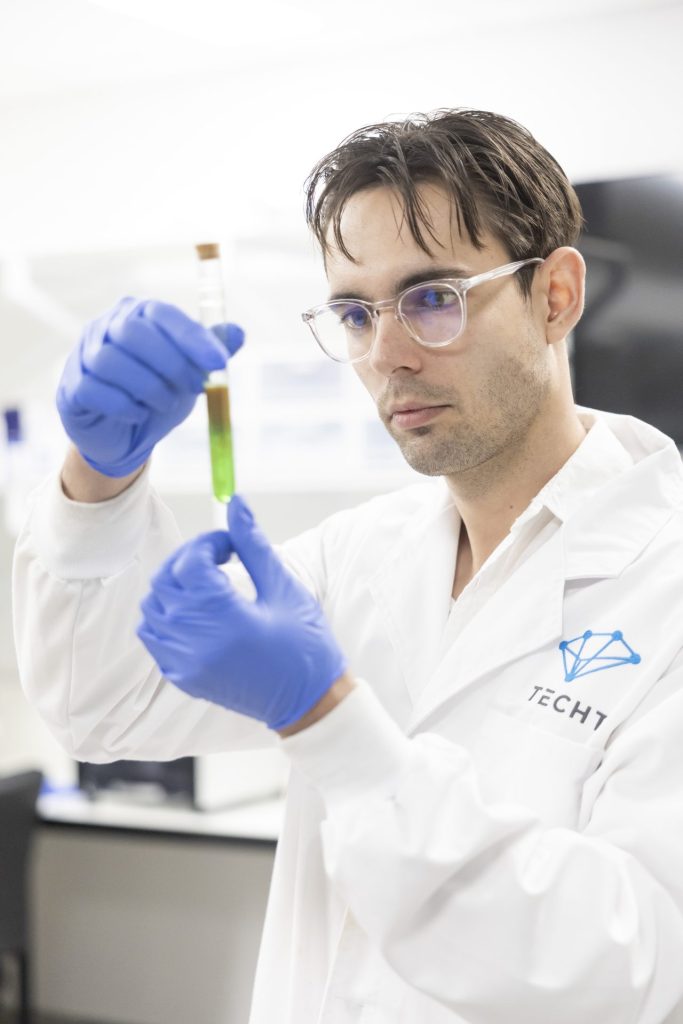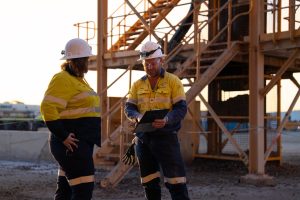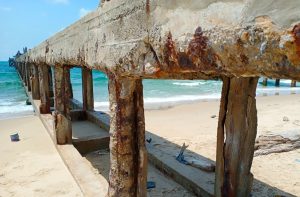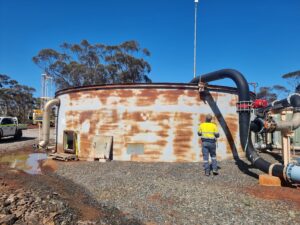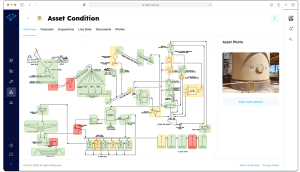Corrosion is one of the most persistent and costly challenges facing Australian industries – In fact, global estimates suggest that 3–4% of GDP is lost annually due to corrosion-related damage; a figure echoed in Australia’s infrastructure and heavy industries; and is especially so for those in the mining, marine, energy, and infrastructure.
The good news is that technologies and strategies behind corrosion testing are rapidly evolving.
So if you manage critical infrastructure or long-life assets, understanding the latest corrosion testing insights is vital. In this post, we explore what’s changing, why it matters, and how TECHT is helping clients across Australia make smarter decisions through data-driven testing and analysis.
Why Corrosion Testing Matters More Than Ever
Globally, corrosion is estimated to cost around 3–4% of GDP, and in Australia, that translates to tens of billions of dollars in annual losses due to asset degradation, premature failure, and reactive maintenance. With harsh environments and long-distance infrastructure, the Australian market has unique challenges that make proactive corrosion management essential.
Testing provides clarity on:
- Material performance in real-world conditions
- The effectiveness of corrosion protection systems
- Early detection of microbiologically influenced corrosion (MIC)
- Quality assurance during construction or refurbishment
Whether you’re managing pipelines, tanks, bridges, or marine structures, testing data is the foundation of smarter asset decisions.
Emerging Trends in Corrosion Testing
1. A Focus on Microbiologically Influenced Corrosion (MIC)
MIC is now recognised as a major cause of hidden corrosion, especially in water, wastewater, oil and gas production, and marine assets. Testing now includes:
- Microbial and DNA sampling and preservation
- MIC diagnosis
- Biomonitoring: ATP, MPN, and Molecular analysis.
- Biofilm detection
- Biocide effectiveness
- MIC coupon exposure monitoring
2. Corrosion Coupon Analysis
This method is growing in popularity for its affordability and long-term data value. Coupons can help track:
- Baseline corrosion rates
- Effectiveness of mitigation programs
- MIC-related deterioration
TECHT’s corrosion lab offers coupon testing aligned to AMPP SP0775-2013 and AMPP TM0212-2018 standards.
3. Coating Performance & QA
With more infrastructure using advanced coatings, protective paint, and disbondment testing are now core requirements. Our Perth-based laboratory conducts:
- Adhesion strength testing
- Cathodic disbondment tests
- Resistance to salt spray, moisture, and UV
Learn more about our DeTECHT corrosion engineering services.
4. Corrosion Testing for Performance Validation
As industries demand longer asset lifespans and lower maintenance costs, validating material performance under real-world conditions has become essential. At TECHT, our corrosion testing capabilities provide critical insights for engineers and asset managers.
Our laboratory offers:
- Immersion testing and corrosion analysis: rates and mechanisms.
- Electrochemical testing (LPR, EIS, CV)
- Corrosion inhibitor testing
- Under-deposit corrosion testing
- Accelerated weathering and aging simulations
- Pitting and crevice corrosion testing
These tests simulate harsh environments to assess the durability of coatings, base materials, welds, and fixings. The results support smarter material selection, design refinement, and long-term integrity planning, and is particularly important in sectors like mining, marine infrastructure, and transport.
5. Failure Investigation and Root Cause Analysis
When corrosion-related failures occur, they often carry high financial, safety, and reputational consequences. That’s why TECHT provides independent failure investigation services to identify what went wrong, and how to prevent it from happening again.
We investigate issues such as:
- Coating delamination or blistering
- Unexpected substrate corrosion beneath protective layers
- MIC-induced material degradation
- Specification or surface preparation non-compliance
Our process combines physical inspection, laboratory testing, and historical/environmental analysis to determine the root cause, document the failure, and recommend practical, engineering-backed solutions. This helps clients build better systems, improve QA/QC processes, and reduce repeat failures.
6. Concrete Durability in Corrosive Environments
From mining to marine, reinforced concrete is vulnerable to:
- Chloride ingress
- Carbonation
- Alkali–silica reaction (ASR)
We support engineers and designers with concrete testing that aligns with durability planning and lifecycle modeling strategies.
Why TECHT’s Laboratory is Different
Situated in Technology Park, Bentley (WA), TECHT’s state-of-the-art laboratory showcases cutting-edge facilities and unparalleled technical expertise from leading corrosion scientists and consultants. Our laboratory is designed for:
- Corrosion testing to Australian & ISO standards
- Biofilm and MIC investigations
- Durability assessments for coatings, concrete, and metals
- Compliance with PC2 laboratory conditions (AS/NZS 2982)
We support government bodies, asset managers, engineers, and contractors with local expertise, rapid turnaround, and tailored interpretation, not just raw results.
Whether you’re planning a new project, investigating failure, trying to improve asset performance, or want to stay compliant with standards and QA – Corrosion testing is no longer optional. It’s a strategic investment in extending asset life, reducing risk, and increasing return.
Ready to take the next step?
- Contact us for a corrosion test with TECHT
- Learn more about our laboratory & testing services
- Explore corrosion engineering solutions
